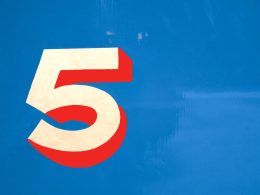James Surowiecki writes in the New Yorker on the subject of inflation, or rather the lack and the fears of it, concluding that we should cross the bridge when we get to it.
The economy is still limping, job losses are still rising, and consumers are still reluctant to open their wallets. So it’s the perfect time to worry about . . . inflation? Apparently so, because, of late, the cries of inflation hawks have grown increasingly loud. Pointing to huge deficit spending, and to the flood of money that the Federal Reserve has sluiced into the economy, they argue that we’re at serious risk of “igniting out-of-control inflation” and bringing about the collapse of the dollar. Unless the Fed starts slowing things down, they say, we’ll face price jumps that qualify as “hyperinflationary” (a word that Senator Charles Grassley, the Iowa Republican, actually used the other week). Most Americans are worrying about keeping their jobs. Now we have to worry about becoming Zimbabwe, too.
...
Of course, you can’t see any of this inflation in the numbers. The Consumer Price Index fell in July, and, over the past year, prices have actually dropped two per cent. And there’s not much sign that inflation is coming down the pike; the price of U.S. inflation-indexed bonds suggests that investors think future inflation will stay low, perhaps around two per cent. So do the remarkably low interest rates on government debt; the U.S. wouldn’t be able to borrow money for ten years at less than four per cent if people thought that double-digit inflation was in the offing.
...
This isn’t to say that cheap money is always good—it has a nasty habit, for one thing, of starting asset bubbles. So, as Ben Bernanke, the Fed chairman, told Congress in July, once the economy starts growing again the Fed will have to start pulling money back out. But, in any balancing of the current threats to the economy, the danger of stagnation trumps the danger of inflation. Even if we are on the brink of recovery, the last thing we need is for the Fed or the federal government to start embracing a tight-money policy. To do so would risk a reprise of 1937, when, with the economy bouncing back from the depths of the Great Depression, the Fed tightened monetary policy and the government raised taxes, provoking a disastrous downturn that lasted until the Second World War. The Fed does have to make sure that the economy doesn’t go careering off the road. But let’s wait until the car is actually moving forward before we worry about applying the brakes.












